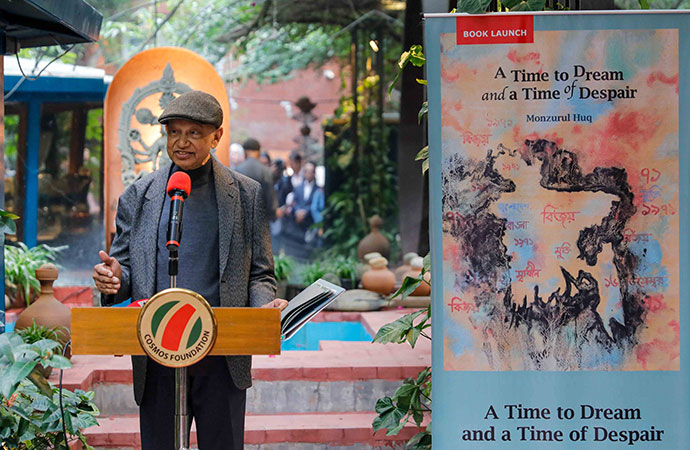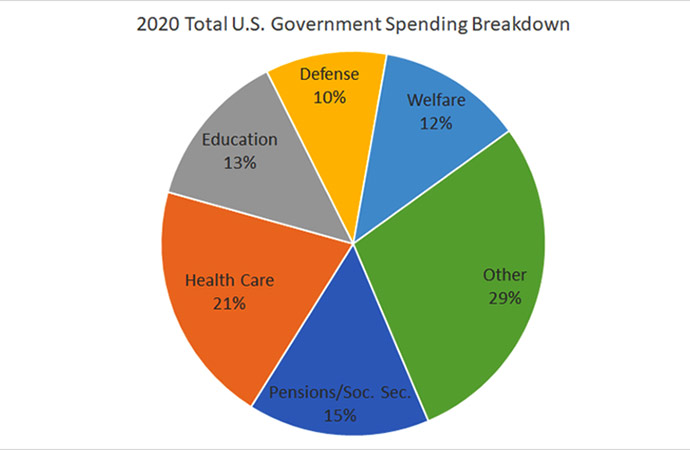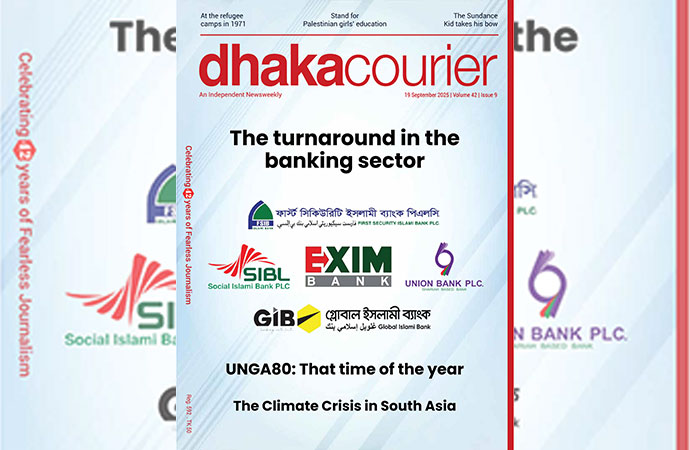Featured 1

Economic conditions may often act as the trigger for movements that ultimately result in revolution or uprising, but no nation rises up against tyranny in expectation of any immediate turnaround in their fortunes. Indeed, some short term suffering is written into the bargain, as evidenced by the slew of bad news we have had to deal with almost all year it seems, since the July Uprising. Investment and consumption in particular, usually decline in line with a general drop in aggregate demand. In these last 12 months, we've seen FDI in Bangladesh drop to a 5-year-low. The World Bank meanwhile, has projected that GDP growth this year is set to be the lowest in over 30 years. Bangladesh has been lucky though, to have this balanced by a record breaking year for inward remittances, while exports have also performed strongly.
And things could have been much worse, without the sound economic management provided by Dr Salehuddin Ahmed, the adviser to the Finance Ministry, and Dr Ahsan Mansur, the governor of Bangladesh Bank. In order to appreciate just how much worse, the Finance Ministry of its own accord shared a comparison this week, to mark one year of the interim government. It compared Bangladesh's performance post-uprising, with some other countries that experienced revolutions, or as some feel compelled to differentiate, uprisings, in the last 50 years. Whatever you call it, what is common between them is that they were disruptive movements that succeeded in overthrowing entrenched, often tyrannical governments. The disruption, that is often considered necessary to the movement's success, is almost always certain to affect an economy negatively in today's world.
The information contained in the handout from the Finance Ministry, that we were able to verify, illustrates just how resiliently the Bangladesh economy has performed, in the face of great odds. The four other countries chosen for the exercise are Sri Lanka, where the government of Mahinda Rajapakse was brought down in early 2022, in the wake of an economic crisis; the May 1998 riots that brought down the administration of Suharto in Indonesia; Iran after the Islamic Revolution of 1979 and Russia after the fall of communism in 1991.
What we find is that each of these countries saw their economies contract in Year 1 after their revolution/uprising. But although we did witness a slowdown in economic activity that saw GDP growth fall to 4.2% from an average of 6.4% in the previous two years, the Bangladesh economy avoided a contraction and kept growing. Only the pace of growth slowed.
Parsing the data put out by the Finance Ministry, which itself used World Bank records throughout, we see that three out of the four countries were already in the throes of economic contraction by the time things culminated on the streets, after which things just got worse to start with. But the one that wasn't, Indonesia in 1998, was actually in a very similar situation to ours going into the July Uprising. They were coming off of two years of robust growth at 6.3%. And yet that wasn't enough to avoid a catastrophic contraction to the tune of a whopping 13.1% the next year, after Suharto fell. One shudders to even imagine the real world consequences of such a year for Bangladesh. This bullet that the economy has dodged, might be worth remembering before we set off on our next rant against the interim government.

























Leave a Comment
Recent Posts
Religion and Politics: A Toxic ...
At Dhaka University, cafeteria workers have been told not to wear shor ...
Enayetullah Khan joins AsiaNet ...
AsiaNet’s annual board meeting and forum was held in Singapore, ...
In a New York minute
Many leaders back a UN call to address challenges to ..
Defaulted loans at Non-Bank Financial Institutions ( ..
How the late Zubeen Garg embodied cultural affinitie ..